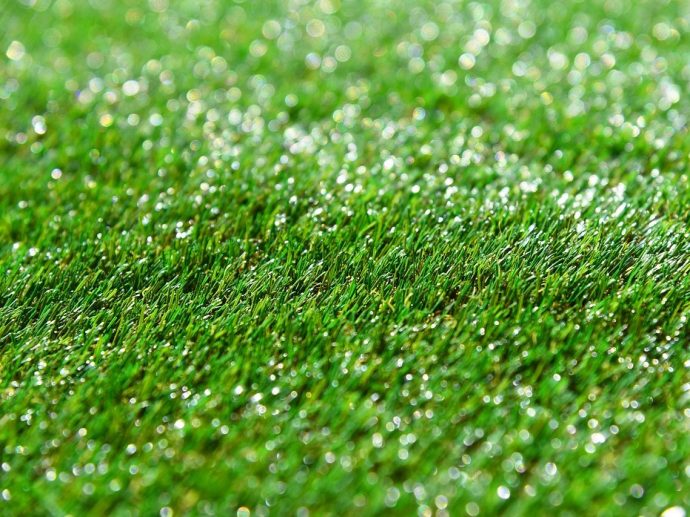Categories more
- Adventures (17)
- Arts / Collectables (15)
- Automotive (37)
- Aviation (11)
- Bath, Body, & Health (77)
- Children (6)
- Cigars / Spirits (32)
- Cuisine (16)
- Design/Architecture (22)
- Electronics (13)
- Entertainment (4)
- Event Planning (5)
- Fashion (46)
- Finance (9)
- Gifts / Misc (6)
- Home Decor (45)
- Jewelry (41)
- Pets (3)
- Philanthropy (1)
- Real Estate (16)
- Services (23)
- Sports / Golf (14)
- Vacation / Travel (59)
- Watches / Pens (15)
- Wines / Vines (24)
- Yachting / Boating (17)
How to Install Synthetic Grass Properly
Published
02/20/2025A lush, green lawn without the hassle of constant mowing and watering sounds like a dream, but installing synthetic grass properly is key to making it look and feel natural. Skipping important steps can lead to wrinkles, poor drainage, and an uneven surface.
This blog will guide you through the essential steps to install synthetic grass phoenix properly, ensuring a smooth and durable finish.
1. Prepare the Area
To get started, you should begin by cleaning the area where you intend to install artificial grass. Take away any grass, weeds, rocks, and debris that may already be present. Use a shovel or sod cutter to dig a few inches deep.
Make sure the ground is level by filling in any holes and removing bumps. If the area has poor drainage, install a slight slope to help water flow away. Proper preparation ensures a smooth and even surface, preventing problems like uneven grass or water pooling.
2. Install a Base Layer
A strong base layer helps synthetic grass stay in place and feel comfortable underfoot. Spread a layer of crushed rock or decomposed granite about 3–4 inches thick.
With the help of a rake, distribute it uniformly across the surface. Then, compact the base with a plate compactor or hand tamper. This step prevents the ground from shifting over time and improves drainage.
3. Add a Weed Barrier
A weed barrier stops weeds from growing through the synthetic grass. Use a landscape fabric or geotextile membrane and lay it over the base.
Pinning it down with landscaping pins will ensure that it remains in place. Make sure the fabric covers the entire area, overlapping the edges slightly to prevent gaps. This step helps reduce maintenance and keeps the lawn looking clean.
4. Measure and Cut the Synthetic Grass
Roll out the synthetic grass and let it sit for a few hours to remove wrinkles. Measure the area carefully before cutting to ensure a perfect fit. Use a sharp utility knife to trim the edges, cutting from the back to avoid damaging the fibers.
If installing multiple pieces, place them in the same direction for a seamless look. Once cut, position the grass over the base and adjust as needed. Taking the time to measure and cut accurately prevents gaps and uneven edges.
5. Secure the Grass in Place
After positioning the synthetic grass, secure it using nails, staples, or adhesive. For large areas, use landscaping nails every 6–8 inches along the edges.
If joining multiple pieces, use strong seam tape to connect them. Brush the grass fibers with a broom to lift them and spread infill, such as silica sand, for added stability. This final step helps the grass stay in place, look natural, and last longer.
Have Properly Installed Synthetic Grass
By following the right steps, from base preparation to final grooming, you can achieve a lush, long-lasting, and natural-looking turf. Take the time to install it properly, and enjoy the benefits of a low-maintenance, green lawn all year round!















